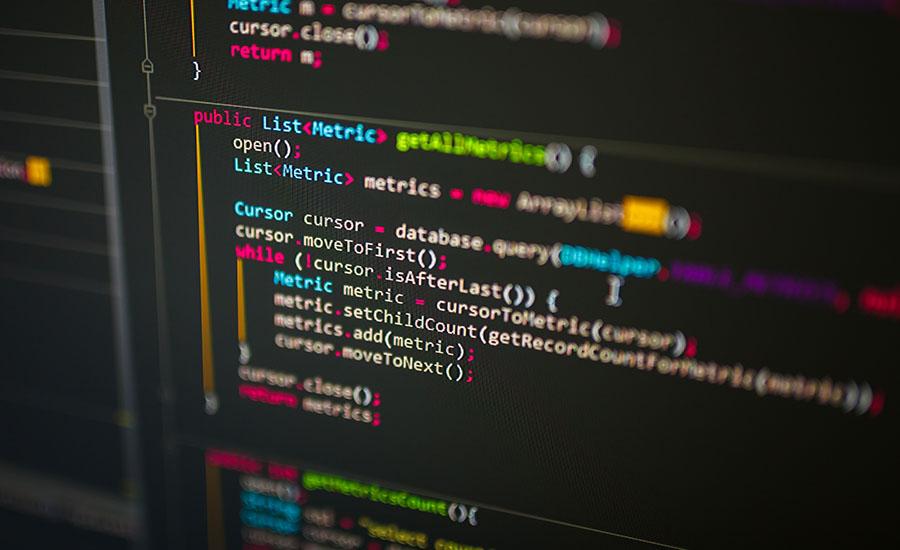
Grades:
8th Grade, 9th Grade, 10th Grade, 11th Grade
In this activity, students will perform a hands-on, inquiry-based investigation of the tradeoffs involved in hard rock mining. The object is to purchase and develop a mine, safeguarding the




